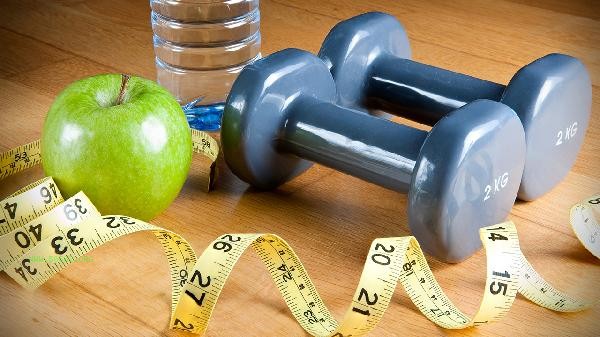The carbohydrate intake for a meal during fitness should be adjusted according to the intensity of exercise and weight. It is generally recommended to consume 3-5 grams of carbohydrates per kilogram of body weight, and high-intensity trainers can increase it appropriately. Carbohydrates are the main source of energy for fitness enthusiasts, especially crucial for strength training and aerobic exercise. It is recommended to consume low glycemic index carbohydrates such as oats and whole wheat bread 1-2 hours before exercise to help maintain blood sugar stability. supplementing high glycemic index carbohydrates such as bananas and white rice within 30 minutes after exercise, combined with protein, can accelerate muscle glycogen recovery. During the muscle building phase, carbon and water intake can be concentrated before and after training, while during the fat loss phase, total intake should be controlled and high fiber carbon water such as brown rice and sweet potatoes should be prioritized.

In special circumstances, the carbon water ratio needs to be adjusted. Diabetes patients should choose low glycemic index food and control the single intake. During the transition period of ketogenic diet, it is necessary to gradually reduce carbohydrates to avoid discomfort reactions. Female fitness enthusiasts can increase their intake of carbohydrates before their menstrual cycle to alleviate fatigue. Middle aged and elderly fitness enthusiasts should pay attention to the balance between carbohydrates and dietary fiber to avoid excessive fluctuations in blood sugar. Long term fitness enthusiasts should regularly monitor their body fat percentage and exercise performance, and dynamically adjust their carbon and water intake. Combining high-quality protein and healthy fats can improve nutrient utilization efficiency. Avoid excessive reliance on refined sugars and prioritize obtaining carbohydrates from natural foods. If there are metabolic diseases or special fitness goals, it is recommended to develop a personalized plan under the guidance of a nutritionist, and scientifically adjust the dietary structure based on blood routine and body composition analysis data.








Comments (0)
Leave a Comment
No comments yet
Be the first to share your thoughts!